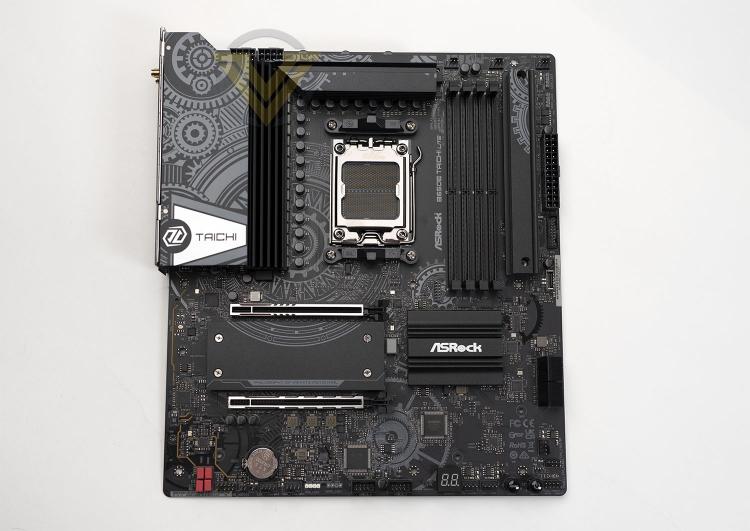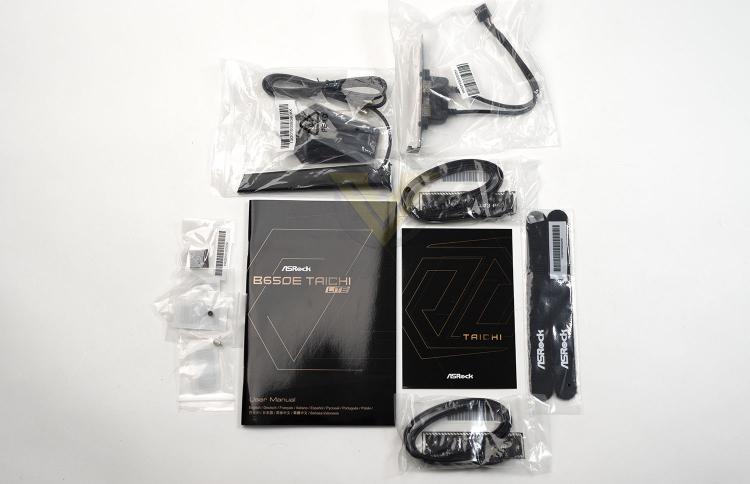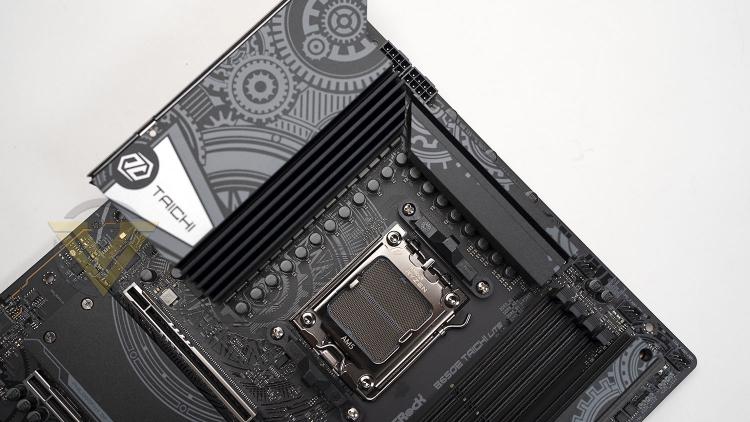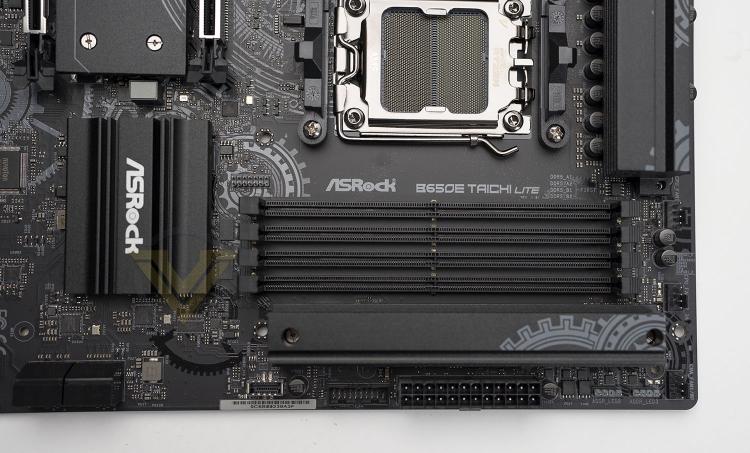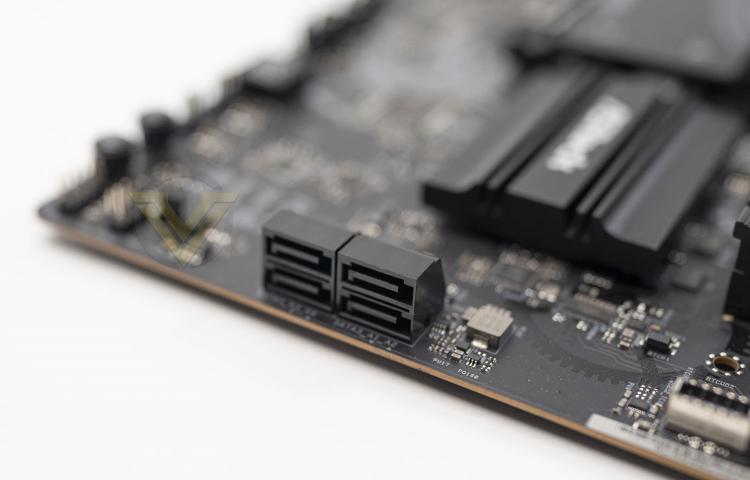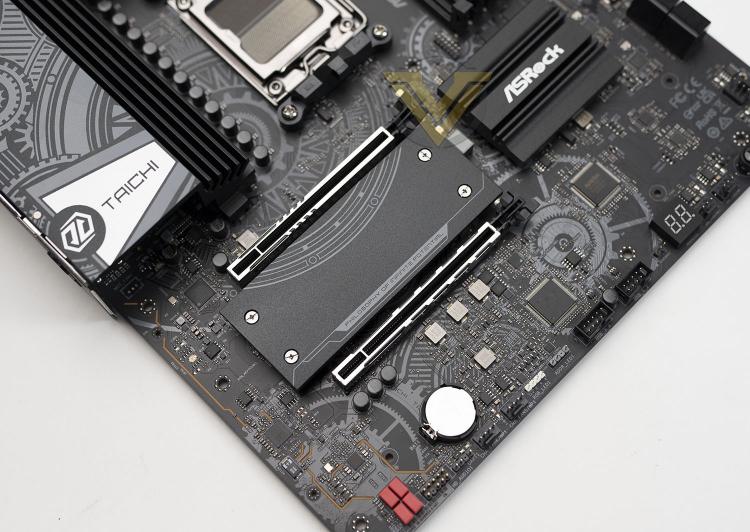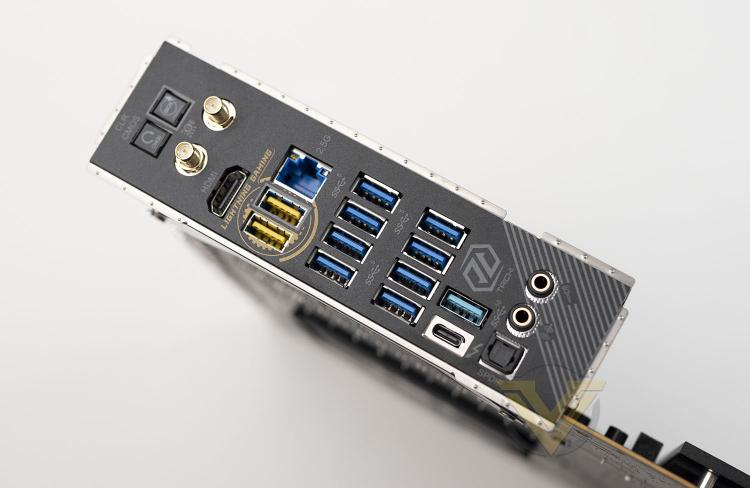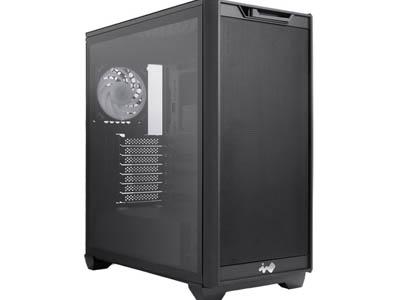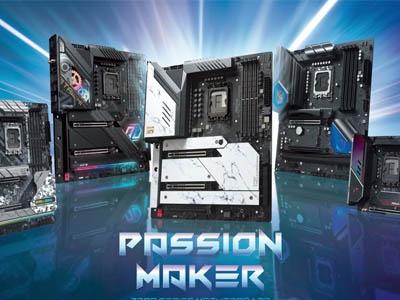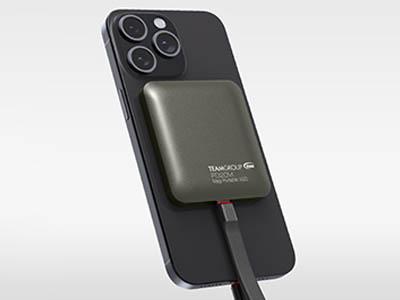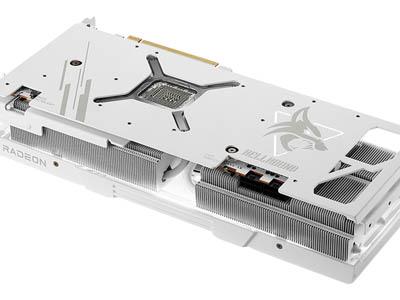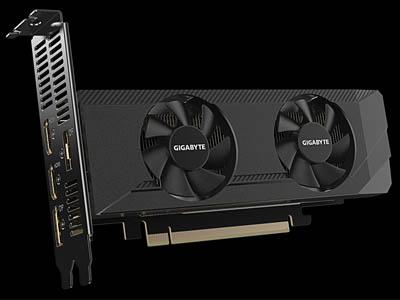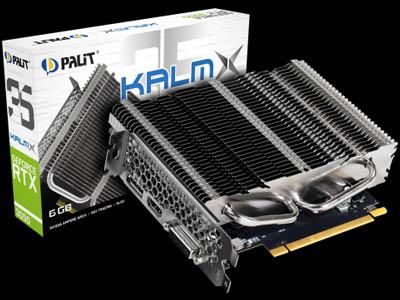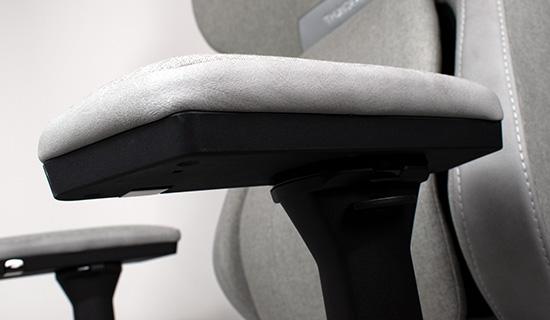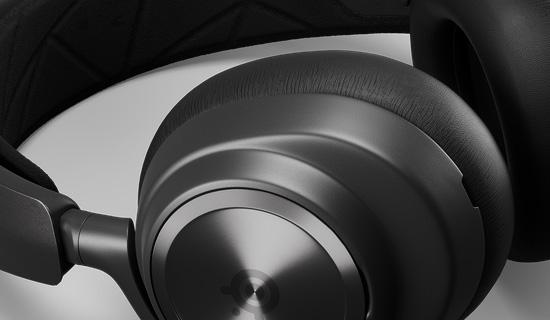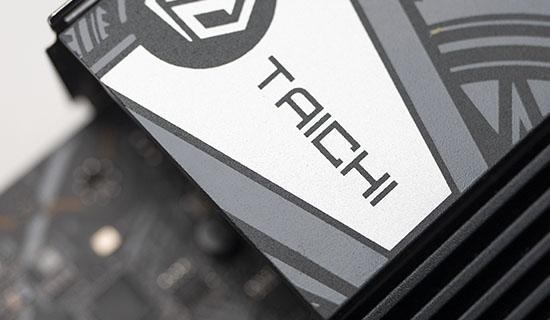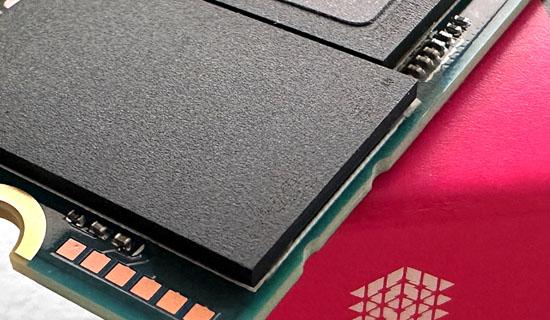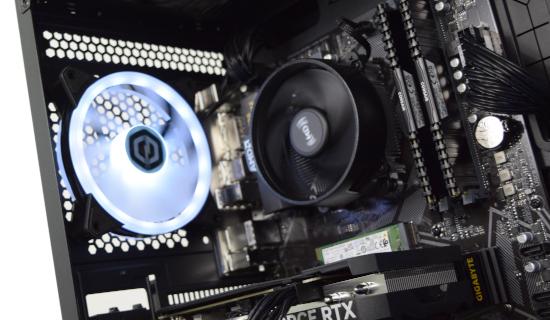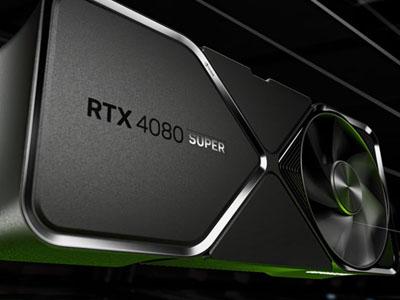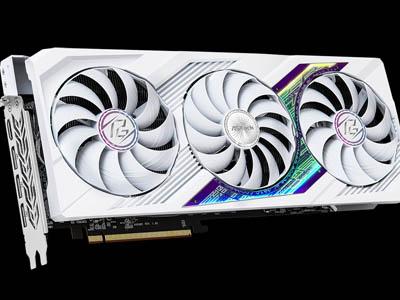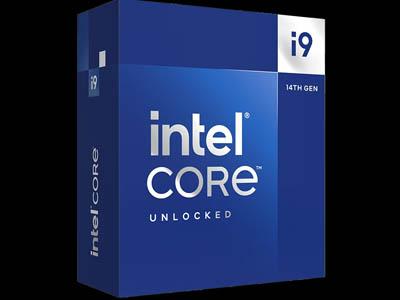ASRock’s B650E Taichi Lite conforms to the same wide EATX form factor with 305mm x 267mm footprint as the X670E Taichi Carrara we previously reviewed. EATX is a somewhat ‘fuzzy’ standard that case manufacturers often have a somewhat loose interpretation of, but in essence it’s arbitrarily wider than standard ATX ans so necessitates a longer case. If possible, double-check compatibility with your specific case prior to purchase rather than rely on on-paper conformance.
The motherboard’s AM5 socket supports the whole range of Ryzen 7000-series CPUs, but double-check with your retailer to ensure that the UEFI BIOS is up to date if you’re pairing with processor SKUs released after September 2023. At the time of writing the shipped UEFI BIOS supports AMD’s entire 7000-series range. Older AM4 CPU coolers which utilise the clip retainer system should be compatible with the new AM5 socket, but other AM4 styles may not be supported. Check with the cooler manufacturer prior to installation; some manufacturers also offer upgrade kits to those who need it.
This motherboard optionally arrives with the following accessories (depending on exact SKU and region):
- 1 x User Manual
- 4 x SATA Data Cables
- 1 x Wireless Dongle USB Bracket
- 1 x ASRock WiFi 2.4/5/6 GHz Antenna
- 3 x Screws for M.2 Sockets
- 1 x Standoff for M.2 Socket
- 4 x SATA Data Cables
- 1 x Wireless Dongle USB Bracket
- 1 x ASRock WiFi 2.4/5/6 GHz Antenna
- 3 x Screws for M.2 Sockets
- 1 x Standoff for M.2 Socket
Unlike the full-fat Taichi this model doesn’t ship with a fan-assisted heatsink cooler for the PCIe Gen 5 M.2 slot. Solid air flow over this area of the motherboard will be essential to keep drive temperatures under control when operating under heavy store I/O loads.
With modern motherboards typically bedecked in covers that act as facias to hide the surface-mounted components underneath, the Taichi Lite keeps much more bare and in so doing also reduces RGB LED lighting options. There’s still a theme here though: cogs, as iconography, are present on heatsinks, heatspreaders and even printed on the PCB itself. Some are going to love it, others hate it, but it’s noteworthy that ASRock didn’t choose to keep the design completely without distinguishing features in this respect.
Twin 8-pin 12v connectors feed power directly to the CPU for factory and overclocked performance modes, an aspect of the design that will slightly limit your selection of compatible PSUs. Directly below is a large heatsink fin array cooling the 24+2+1 power stage design, whereas a skinnier fin stack sits just north of the CPU socket. Due to having only a single chipset chip (as compared to two on the X670 boards) just a single heatsink over the chipset is needed rather than additional heatpipes connecting it to the larger VRM stack. Good internal air flow and any incidental flow from the CPU cooler will be necessary to maintain optimal VRM temperatures.
Above and to the right of the CPU socket sits three 4-pin fan headers, the central of which is a 3A header for delivering up to 36W to a system watercooling pump. Four DDR5 DIMM slots sit below these headers but these are not advertised as being ‘reinforced’, unlike on other Taichi models. Just to the right of these slots and covered by a removable heatspreader is the PCIe Gen 5 x4 M.2 slot, supporting M.2 SSDs as long as 110mm (22110 standard).
Note that ASRock do not advertise support for the wider (but very rarely used) 24xxx M.2 SSD drive size standard on this motherboard.
Moving down the right hand side of the motherboard there are two 3-pin ARGB headers, the 24-pin ATX connector, a USB 3.0 header, a USB 3.2 Type-C header, four (2x2) edge-mounted SATA III connectors, a further 4-pin fan header, and the Power LED & Speaker Header. A smaller chipset heatspreader means that this edge looks a little more sparse than its siblings despite having near identical connector configurations.
Just underneath the SATA ports, running underneath the edge of the PCB, is an extended RGB LED zone that offers edge lighting that’s configurable in software. It’s not much in this day and age of ubiquitous RGB but does add a little bit of flair to an otherwise quite dark design.
Running along the bottom edge from left to right is an HD Audio Front Panel connector, two 4-pin PWM chassis fan headers, 4-pin RGB LED header, two USB 2.0 headers, a two-digit Dr. Debug display for error code troubleshooting, two further 4-pin PWM fan headers, and surface mounted power and reset switches.
The digital troubleshooting display and surface-mounted power switches are nods to the overclocking capabilities of the board, but they’re also excellent additions for non-power users having problems with their configuration and boot sequence. We really appreciate their inclusion, no matter the price bracket or intended audience of the board.
The PCI-Express area is a little different from some B650 and most X670 boards. The primary X16 slot, wired for 16 PCI-Express lanes, isn’t separated from the CPU socket by an M.2 slot and so it’s a little higher on the board than it otherwise would. Two M.2 slots separate it from the secondary PCIe x16 slot, both of which support PCIe Gen4 x4 signalling and 2280 form factor M.2 drives. While physically accommodating cards with x16 connectors, the secondary x16 slot is only wired for 4 lanes of PCIe 4.0; dual-graphics operation won’t be on the cards with this motherboard.
When an SSD populates the lower M.2 slot the secondary PCIe slot is disabled. That’s a consequence of the limited number of PCIe lanes available on B650E compared to X670 (36 vs 44).
The Taichi Lite has plenty of connectivity options on the rear I/O panel.
- Clear CMOS & BIOS Flashback buttons,
- WiFi 6E (802.11ax) antenna sockets,
- HDMI for on-board VGA
- 2x USB 3.2 Gen2 (Yellow), 2.5G Ethernet
- 8 x USB 3.2 Gen 1 (5Gbps)
- USB 3.2 Gen 2 (10Gbps) & USB 4 Type-C
- SPDIF Out, Line out and Mic Out
- WiFi 6E (802.11ax) antenna sockets,
- HDMI for on-board VGA
- 2x USB 3.2 Gen2 (Yellow), 2.5G Ethernet
- 8 x USB 3.2 Gen 1 (5Gbps)
- USB 3.2 Gen 2 (10Gbps) & USB 4 Type-C
- SPDIF Out, Line out and Mic Out
The overall connectivity options offered is the major difference between B650 and X670 chipsets. The dual vs single chipset design of X670 as compared to B650 effectively doubles the resources available for I/O, and that translates to a pair of USB 4 Type-C connectors and more 10 and 20Gbps USB 3.2 Gen2x1 and Gen2x2 ports. If lots of exceptionally high speed internal and external storage is part of your requirements the senior members of ASRock’s 600-series would be more appropriate.
The B650E Taichi Lite represents a strong compromise between price and features that will draw the eye of any budget-conscious consumer who would have been looking at not only the full-fat B650E Taichi but also most X670 designs. It’s not the most attractive, and there are one or two puzzling omissions, but that won’t be a problem for its target niche.

